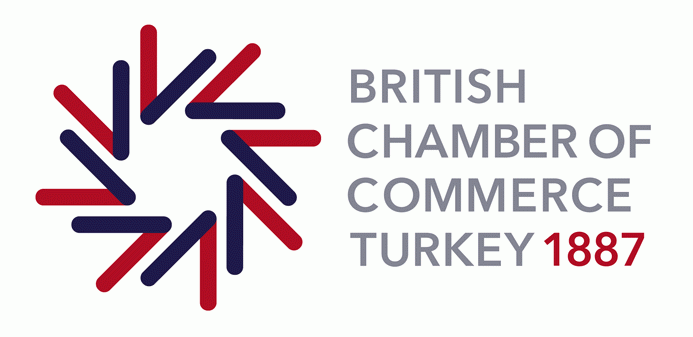Import risk categories for animals and animal products imported from the EU to Great Britain, from 31 October 2023
26 May 2023
Import risk categories under the Border Target Operating Model (TOM) for animals or animal products you’re importing from the EU to Great Britain (England, Scotland and Wales), and the import rules for each category.
From 31 October 2023, to import live animals or animal products from the EU and European Free Trade Association (EFTA) states into Great Britain you’ll need to:
- find the Target Operating Model (TOM) risk category for the commodity you’re importing
- follow the sanitary and phytosanitary (SPS) rules for that import risk category
The TOM categorises live animals, germinal products, products of animal origin and animal by-products as high risk, medium risk, or low risk. Each category has different requirements.
How to find the TOM risk category for animals and animal products
Find the type of commodity you’re importing in the tables on this page.
The table will tell you which TOM risk category your commodity is in.
Rules for each TOM risk category
There are 3 TOM risk categories:
- low
- medium
- high
If your consignment is in the low TOM risk category
Use the import of products, animals, food and feed system (IPAFFS) to notify authorities before the goods arrive in Great Britain.
You do not need a health certificate.
Low TOM risk category consignments must come with a commercial document from the supplier.
Some animal by-products currently need a facilitation letter to import from the EU. From 31 October 2023 you’ll no longer need a facilitation letter if the products are in the low TOM risk category.
If your consignment is in the medium TOM risk category
Use IPAFFS to notify authorities before the goods arrive in Great Britain.
From 31 October 2023 the consignment must have a health certificate issued by the competent authority in the country where the goods originate.
From 31 January 2024 products in the medium TOM risk category may be subject to physical import checks.
If your consignment is in the high TOM risk category
Use IPAFFS to notify authorities before the goods arrive in Great Britain.
The consignment must have a health certificate issued by the competent authority in the country where the goods originate.
Most consignments in the high TOM risk category are already subject to physical import checks. These checks will continue in the same way after 31 October 2023.
If your consignment is in the medium or high TOM risk categories, but there is no health certificate for your goods
If a health certificate does not exist for the goods you want to import from the EU, you may need an import licence or authorisation.
Contact the Animal and Plant Health Agency (APHA) Animal Imports team if:
- there’s no licence for your animal or germinal product
- you’re not sure if you need a licence
If you are importing a medium-risk animal by-product, but there’s currently no health certificate for your goods, you will require a commercial document.
Find out how to complete a health certificate to export animals and animal products to Great Britain.
Review of TOM risk categories
Risk factors will be reviewed regularly. Commodities may be moved into higher or lower TOM risk categories in future to reflect changing levels of risk.
You’ll be notified in advance if there is a change to the TOM risk category of a commodity you have imported.
TOM risk categories for products from non-EU countries
TOM risk categories for imports of animals and animal products from non-EU countries will be published in mid-2023.
TOM risk categories for plants and plant products
To find TOM risk categories for plants and plant products, visit the UK Plant Health Information Portal.
Follow Chamber International on Twitter @ChamberInt and on Facebookfor the latest in international trade.




